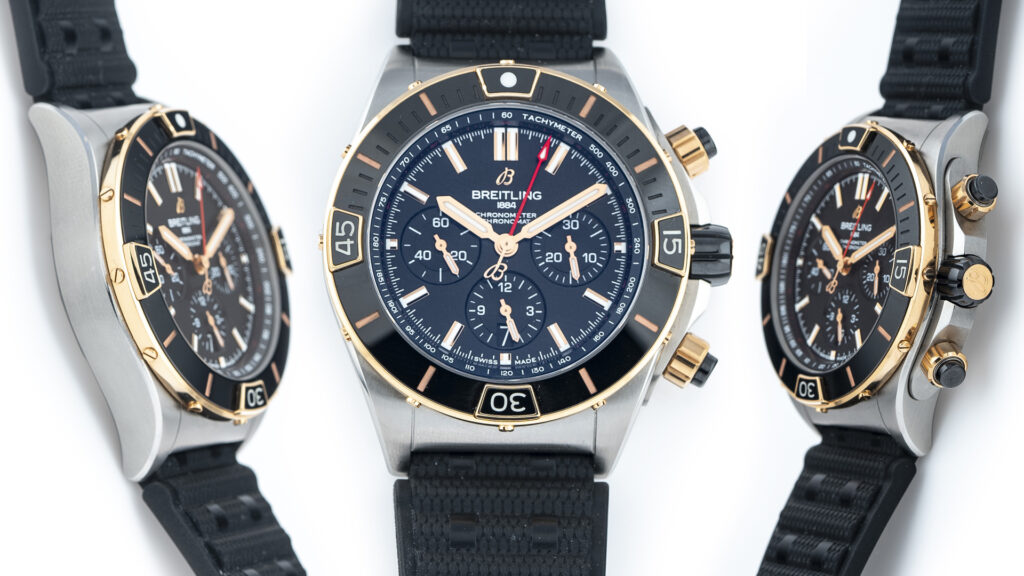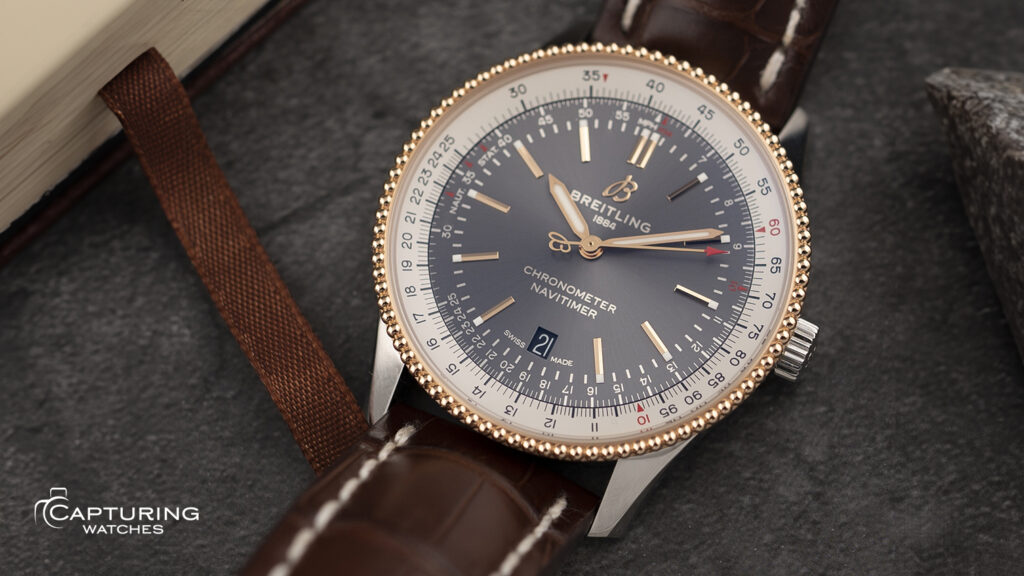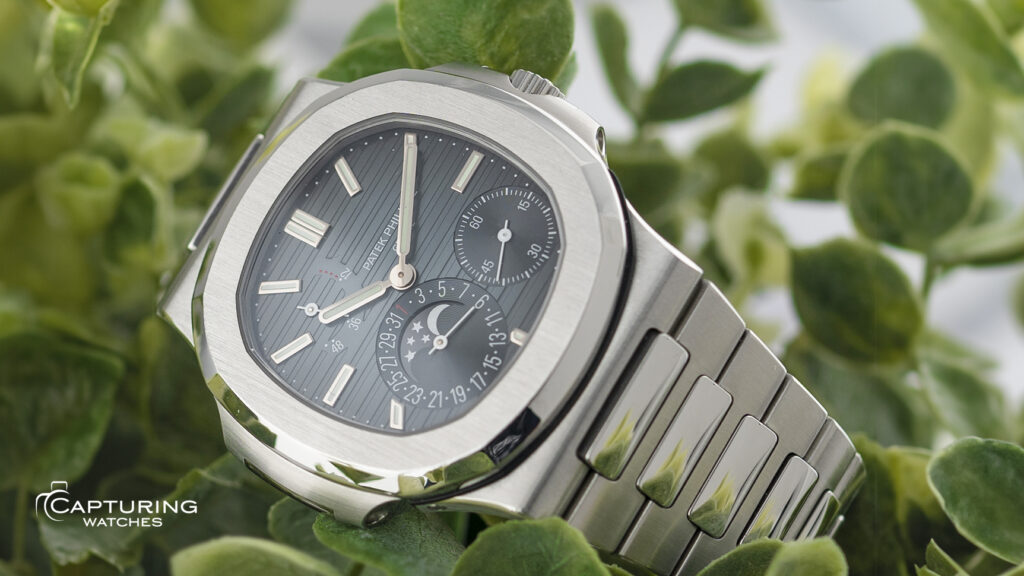Capturing the Fundamentals: A Breakdown of Watch Anatomy
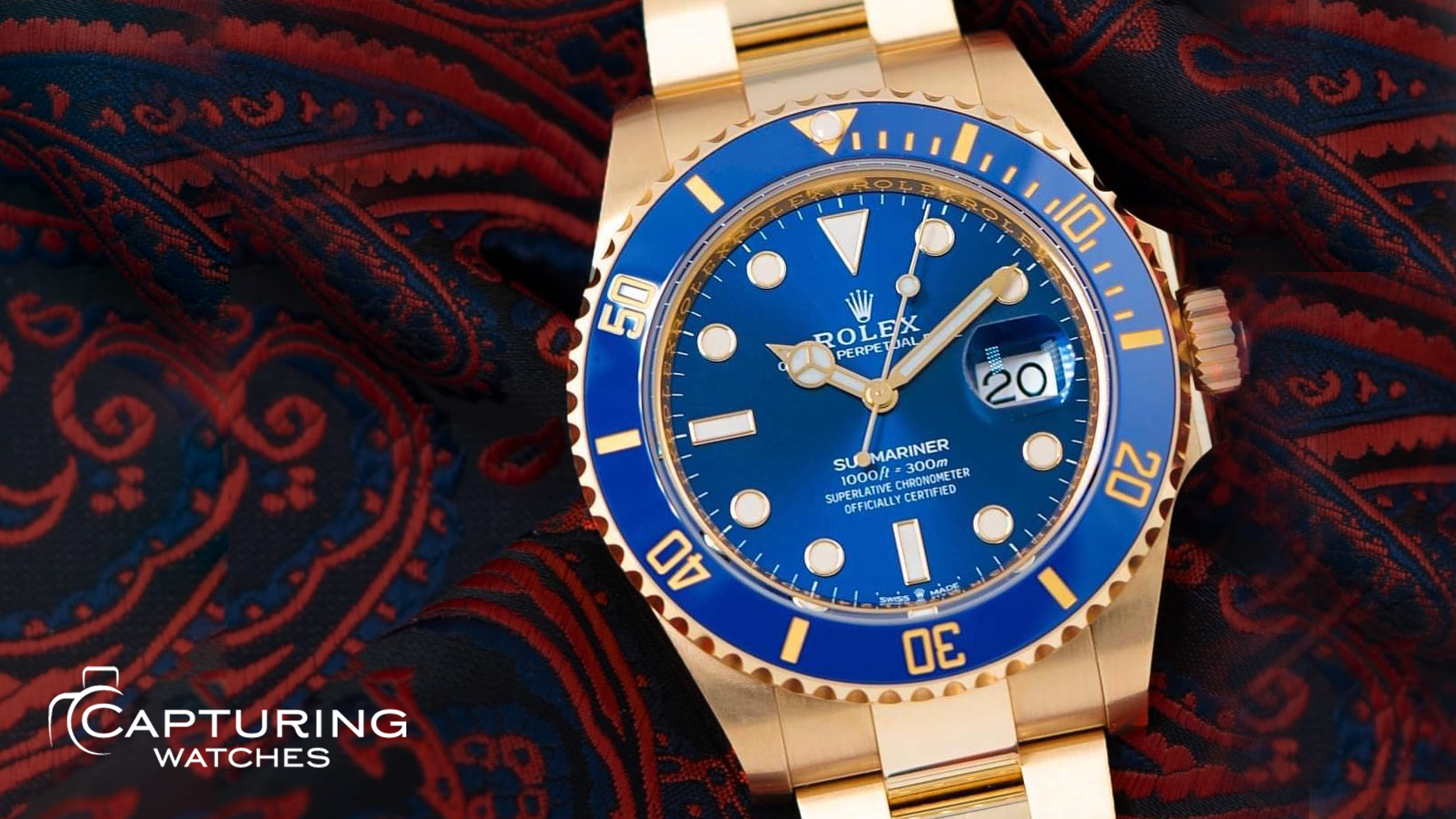
If you’re just starting your journey into the world of watches, grasping the basics will not only help you appreciate their craftsmanship but also guide you in choosing the right timepiece. In this blog, we’ll explore the key components that make up a watch and how they contribute to its function and design.
1. The Anatomy of a Watch
A watch is made up of several key components, each playing a role in its function and design. Let’s go over some basic terms:
Case: The protective outer shell that houses the internal components of the watch. Typically made from materials like stainless steel, gold, titanium, ceramic, etc
Dial: The face of the watch, where the time is displayed. It can feature various designs with markers, hands, and sometimes subdials for additional functions.
Markers: Time indicators on the dial, which can be numbers, dots, or other symbols to represent hours or minutes.
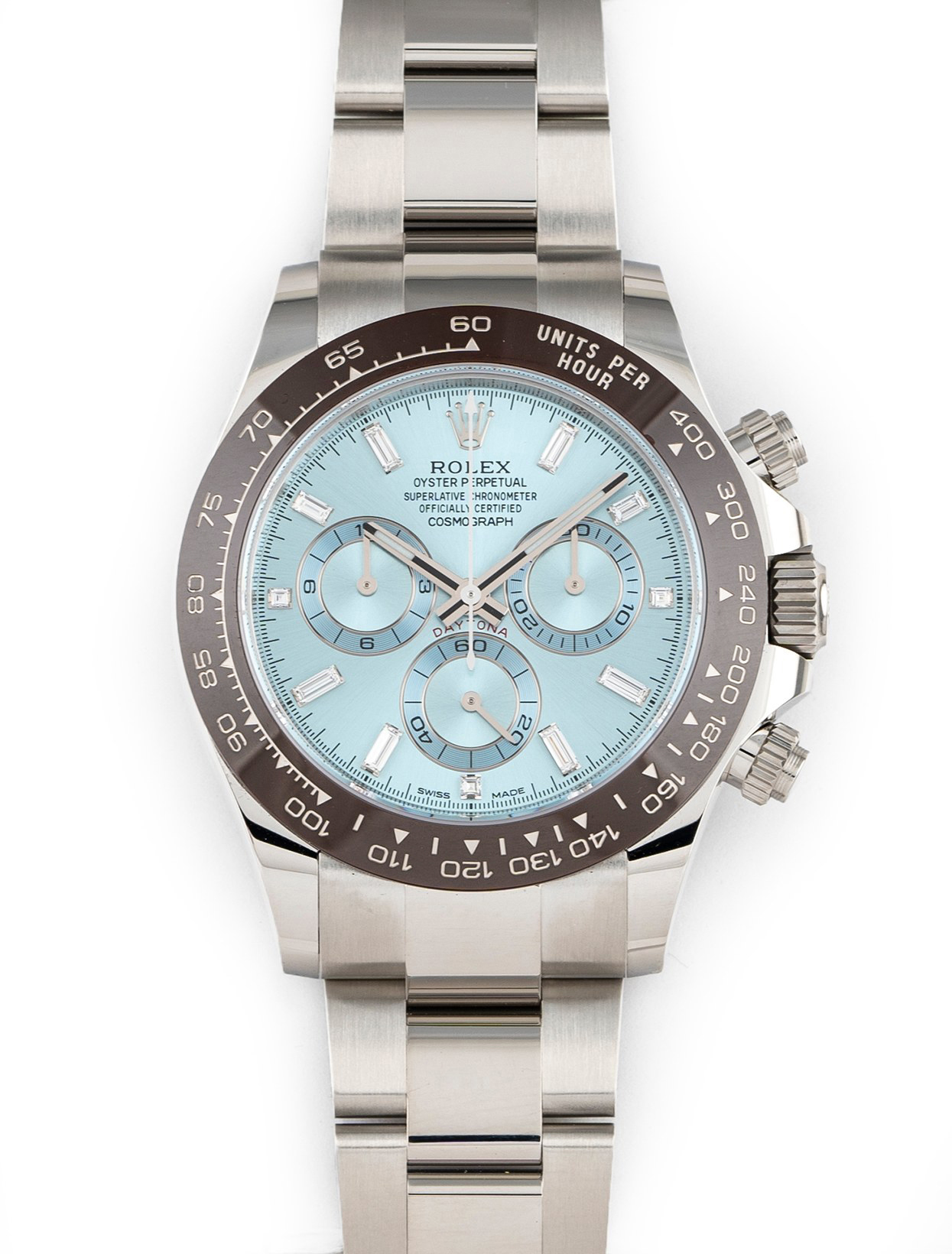
Metal band securing
the watch to the wrist
Outer shell
protecting
the movement
Activator of
a function
Knob for setting time or
date and winding
Protects the crown
from impacts.
Attaches strap or
bracelet to the case.
Connects the bracelet or
strap to the lugs of a
watch case.
Individual metal sections
that make up the bracelet
Ring around the dial;
may have a function
These are the
indicators on the
dial that correspond
to the time.
Mini dial for extra
info (e.g., seconds)
Transparent cover
over the dial
Pointers for hours,
minutes, or Other
The face displaying time.
Internal mechanism
that powers the
watch.
Subdial: A smaller dial located within the main dial, used to display additional information such as seconds, a second time zone, or a chronograph function.
Hands: The pointers on the dial that indicate hours, minutes, and seconds. Some watches may also have additional hands for other complications.
Crown: The small knob located on the side of the case, used to set the time and wind the watch in mechanical or automatic models.
Crown Guard: Raised sections or protective barriers around the crown to prevent it from being damaged, commonly found on sports or dive watches.
Crystal: The transparent cover over the dial, made from materials such as sapphire (highly scratch-resistant), mineral, or acrylic.
Bezel: The ring around the watch’s dial. It can be purely decorative or serve a functional purpose, like tracking elapsed time on dive watches. Some bezels are fixed, while others can rotate.
Lug: The extension of the case where the strap or bracelet is attached. The shape and length of the lugs can affect the watch’s fit and comfort on the wrist.
Bracelet: The metal band made from individual links, designed to secure the watch to the wrist. Commonly made from stainless steel, titanium, or other metals.
Link: The individual segments that make up the bracelet, allowing it to flex and wrap around the wrist comfortably.
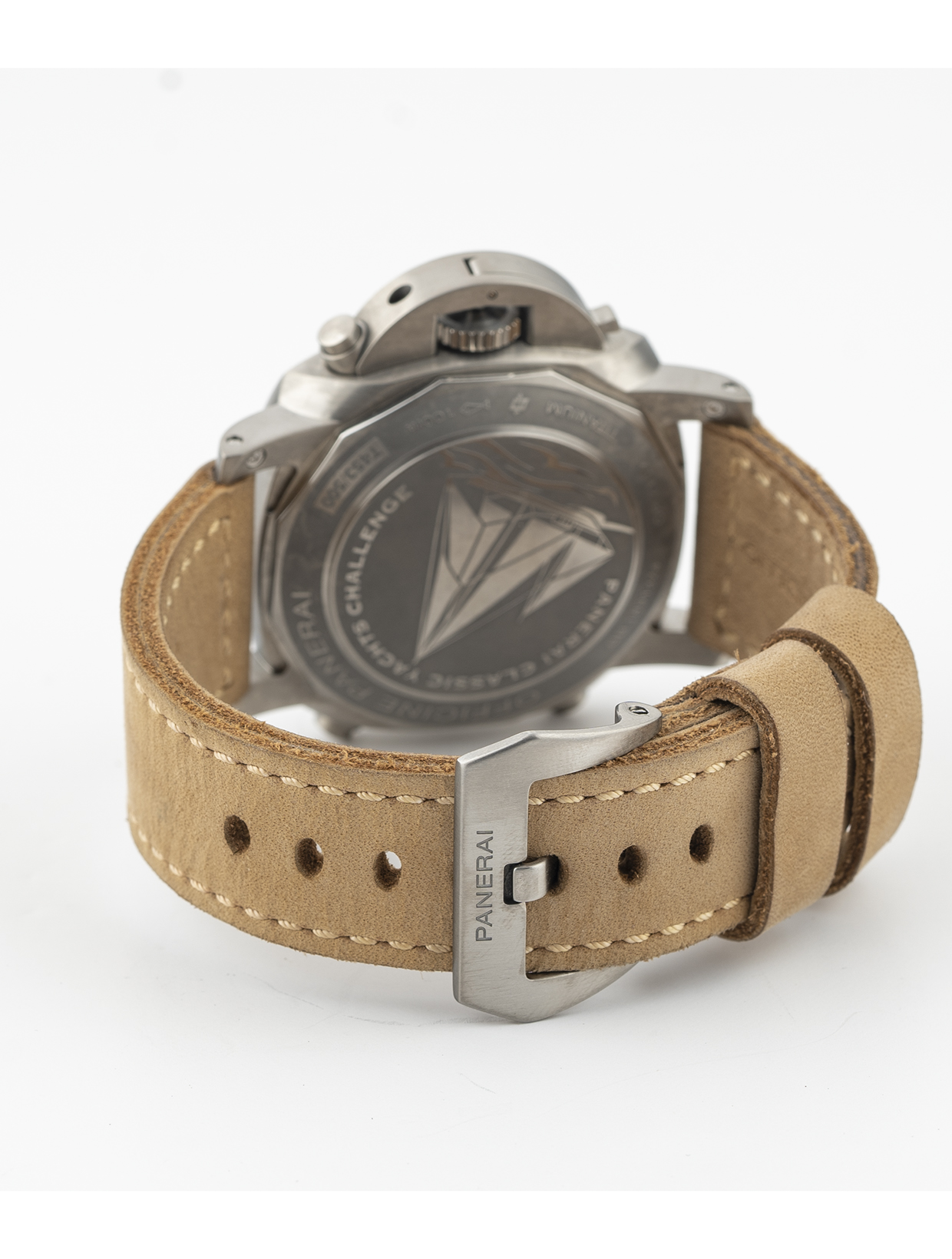
The back side of
the watch case
that protects the
movement
A non-metal band
A simple buckle
design found
on straps
Endlink: The final link on the bracelet, connecting it to the watch case and fitting snugly between the lugs for a seamless look.
Strap: A non-metal band (usually made from leather, rubber, or fabric) that secures the watch to the wrist. Straps offer more flexibility in color and texture compared to metal bracelets.
Tang Buckle: A simple buckle design found on straps, featuring a metal pin that fits through a hole in the strap to secure it.
Caseback: The back side of the watch case that protects the movement. It can be solid, engraved, or transparent (showcasing the movement through a sapphire crystal).
Movement: The internal mechanism that powers the watch, controlling its timekeeping and functions. Movements can be mechanical (manual or automatic) or quartz (battery-powered).
Clasp: A closure mechanism on metal bracelets (and some straps) that locks the bracelet securely around the wrist. Common types include deployant and butterfly clasps.
Conclusion
Understanding the detailed anatomy of a watch—from the caseback to the movement—helps you make informed decisions when choosing a timepiece. Whether you’re drawn to the elegance of a dress watch or its functionality, knowing these details enhances your appreciation. At Capturing Watches, we believe that every watch tells a story, and with the right knowledge, you can fully capture the essence of these intricate timepieces.
Share this blog
If you’re interested in having us handle your e-commerce photography, please contact us today.



